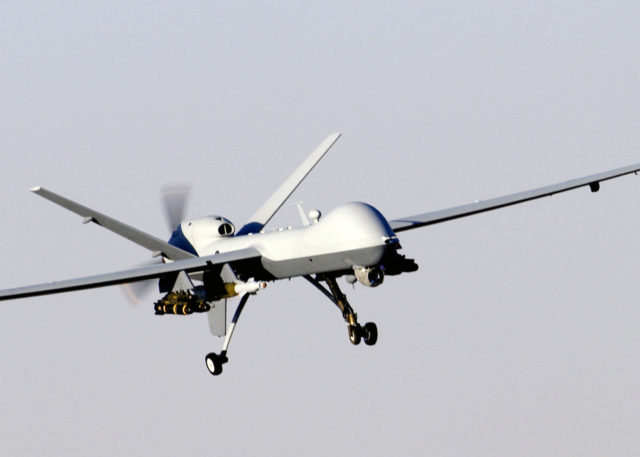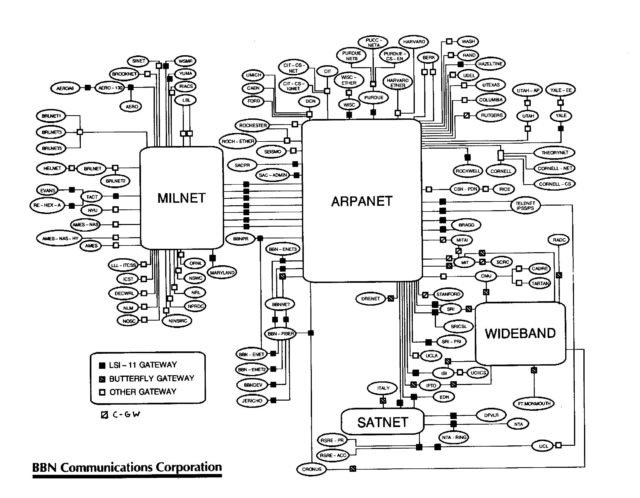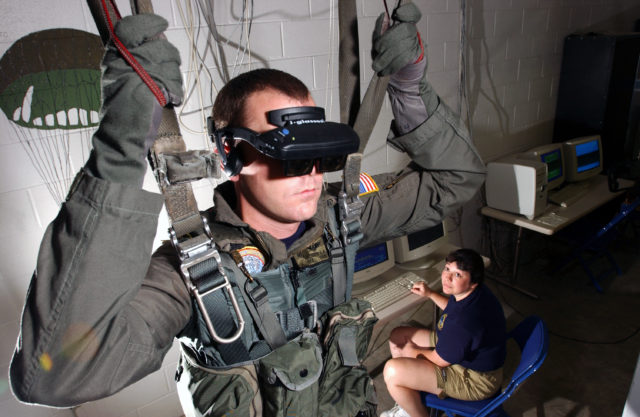The technology of war is constantly evolving, as old systems are revamped, and new ideas and concepts are created. With two World Wars occurring during the last hundred years it has been a period of continuous military advancement leading to the creation of nuclear weapons and the rise of cyber warfare.
Some of the technology developed for and by military groups over the last hundred years has also found a use in civilian life. In some cases, people are well aware of their origins. In others, the source of these common features of modern life may be surprising.
Here are five technologies developed in wartime that are now used for daily living.
Microwave Ovens
A mainstay of most modern kitchens, the microwave oven has its roots in WWII. Percy Spencer, an American engineer and inventor, was working on a radio set that produced intense electromagnetic radiation. While he tested the radio, a bar of chocolate in his pocket melted in the first – albeit unintentional – use of microwave cooking.

In 1947 the first microwave ovens went on sale, although due to their extremely high prices and impractical size, they did not catch on. Two decades later, however, a more streamlined and affordable model was developed, and the microwave oven as we know it today found its place in the kitchen.
Aviator Sunglasses
Today these glasses are staples of modern fashion. However, when the company Bausch & Lomb first created them in 1936, their purpose was purely functional.
Originally referred to as “pilot’s glasses,” they were exactly that – equipment specifically developed to shield the eyes of pilots in flight. Those early models blocked 80% of the light and were designed for fighter pilots, enabling them to spot enemy planes even when the sun was in their eyes.

They replaced the heavier and more inconvenient goggles used for the same purpose, and after the war became popular as a fashion accessory. When General Douglas MacArthur strode ashore in the Philippines wearing a set of aviators, photographers captured the dramatic moment for newspapers back in America, immortalizing these glasses in history.
Drones

Today the unmanned drone is widely deployed in military operations, but its place in civilian life is becoming evident.
The concept for drones as we know them began in 1916 when the US Navy developed a prototype for an unmanned aerial bomb. Their first attempts proved excessively heavy and somewhat ineffective. In 1973, a model airplane enthusiast by the name of John Stuart Foster Jr. drew up designs for a more practical and streamlined version. The Defense Advanced Research Projects Agency worked with Foster to produce the drones we have today. They have become a controversial symbol of modern warfare.
As the technology became increasingly affordable, drones have become the tools of photographers, film-makers, and online content creators. Unlike some of the other entries on this list, drones can now be found simultaneously in both civilian lives and war-zones around the world.
The Internet

In 1963 a computer scientist named J. C. R. Licklider proposed a new and groundbreaking concept. Referred to as his “Intergalactic Computing Network,” the idea formed the basis for the internet as we know it. His theoretical work became the foundation for ARPANET, a network that allows separate computers to share resources.
In 1969, six years after Licklider’s original ideas were proposed, four computers were connected to ARPANET; in its most primitive state, the internet had begun. Today the internet is an underpinning element in all aspects of life, from entertainment and social media to scientific work and government.
It was originally intended as a tool for military use and communications, long before the wider public embraced it.
Virtual Reality

Before the virtual reality technology of the 21st Century, the Defense Advanced Research Projects Agency developed a system to help soldiers become familiar with the terrain in which they would need to fight. They attempted a test-run by mounting a camera on a car and taking photos at regular intervals while moving through the streets of Aspen, Colorado. Those photographs were built into a two-dimensional recreation of the area, to be explored in the same way people can use Google Street View.
Funding limitations curtailed the project’s further development, but it formed the basis for the concept of systems like Google Street View and the new wave of virtual reality technology in the 21st Century.
